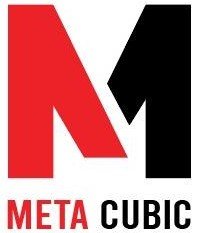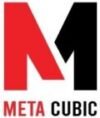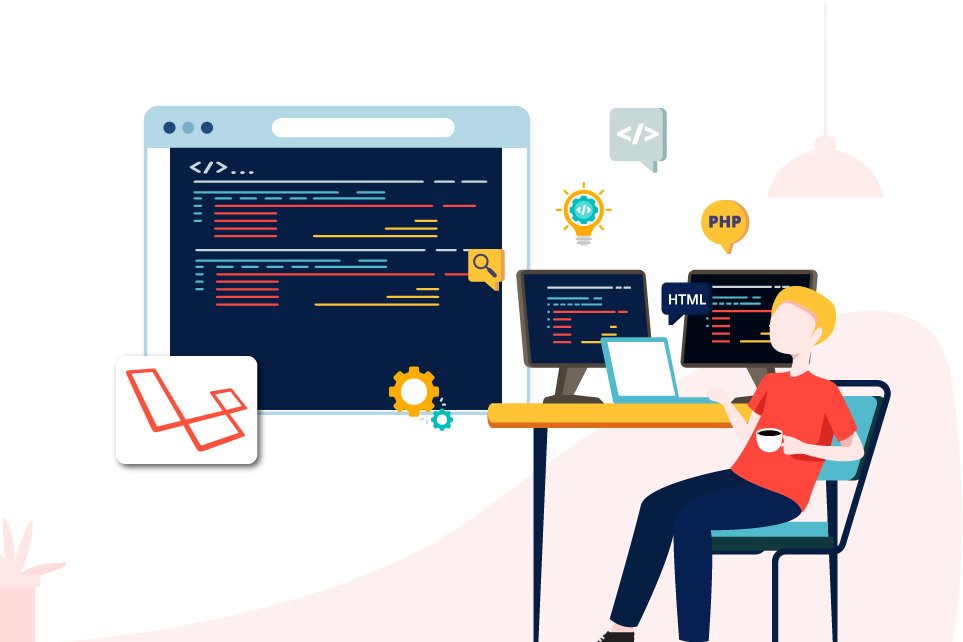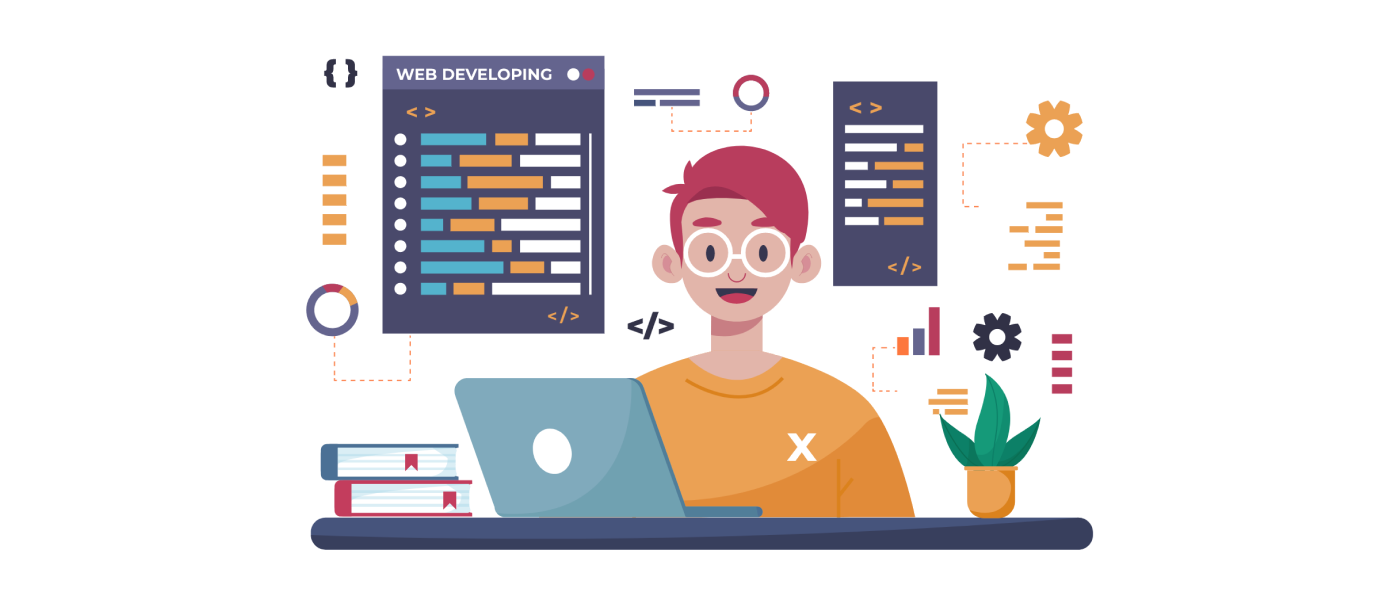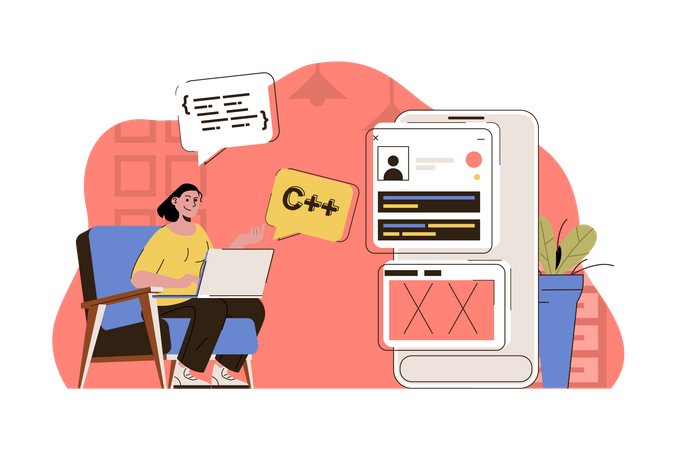Building Scalable Web Apps: Laravel Best Practices
In today’s fast-paced digital world, the success of a web application hinges on its ability to handle a growing number of users and provide a seamless user experience without any performance bottlenecks. Building scalable web apps is a crucial aspect that every web developer and business must consider. In this article, we will explore the best practices for building scalable web apps using Laravel, a popular PHP framework known for its elegance and efficiency.
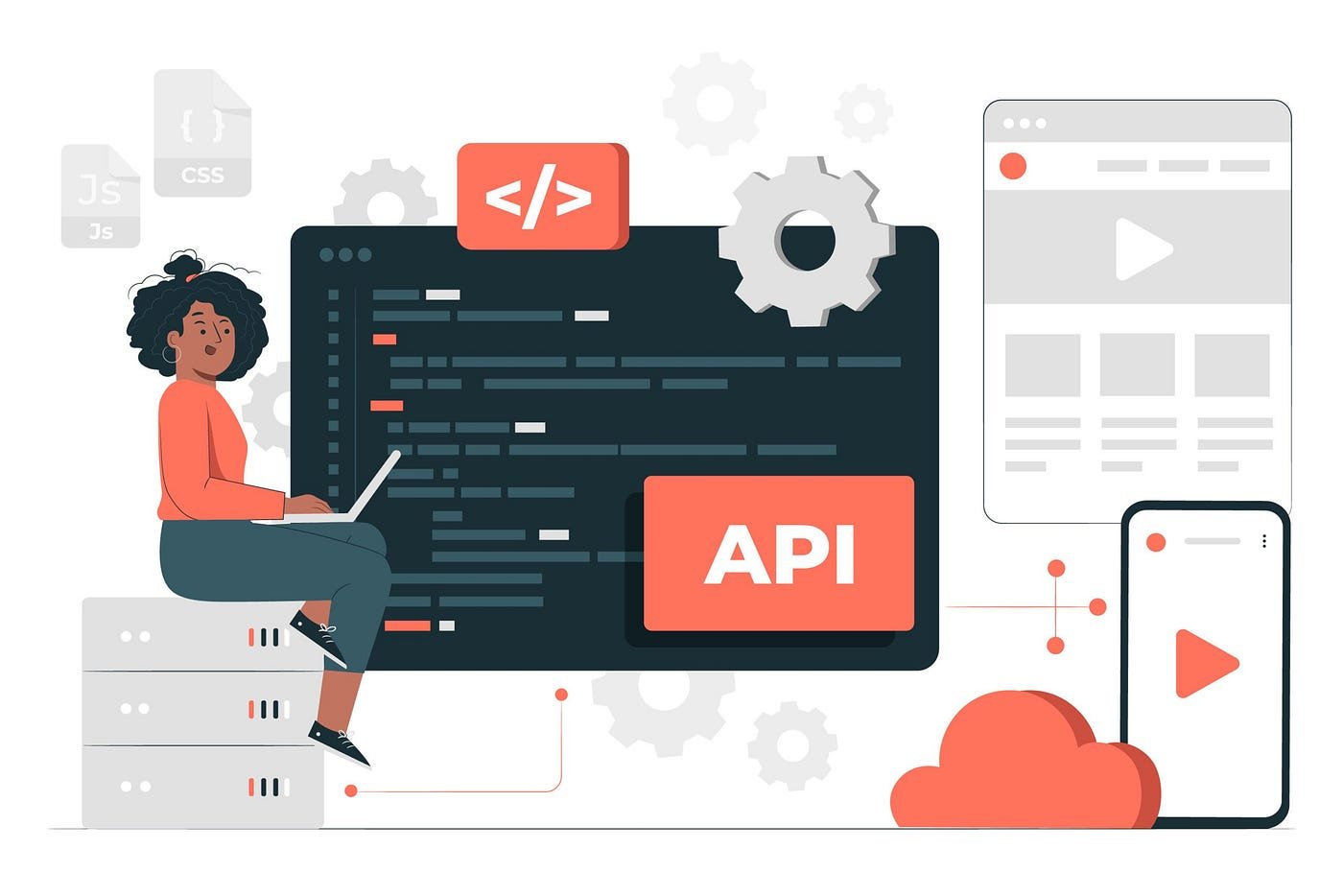
Understanding Scalable Web Apps
Scalability in the context of web applications refers to the ability of an application to accommodate an increasing number of users, data, and traffic without compromising its performance. It involves optimizing the architecture and codebase to handle higher loads efficiently.
Importance of Scalability in Web Applications
Scalability is vital for web applications as it directly impacts user satisfaction, business growth, and revenue. A non-scalable application may crash or slow down during peak traffic, leading to frustrated users and potential business losses.
Laravel as a Framework for Scalable Web Apps
Laravel, an open-source PHP framework, has gained immense popularity in the development community due to its elegant syntax, robust features, and scalability. Its built-in tools and libraries make it an excellent choice for building scalable web applications.
Best Practices for Building Scalable Web Apps with Laravel
Optimize Database Queries
Efficient database queries are crucial for web app performance. Use Laravel’s Eloquent ORM to interact with databases, and optimize queries to fetch only the required data.
Caching
Implement caching mechanisms to store frequently accessed data and reduce database queries, significantly improving response times.
Load Balancing
Distribute incoming web traffic across multiple servers using load balancing to prevent overload on a single server and ensure high availability.
Asynchronous Processing
Leverage Laravel’s job system to handle time-consuming tasks asynchronously, freeing up server resources for other requests.
Use Queues for Delayed Tasks
Utilize queues to manage tasks that can be delayed, such as sending emails, thereby enhancing the responsiveness of the application.
Optimizing Assets and Images
Compress and optimize assets and images to reduce loading times and enhance the overall user experience.
Implementing Content Delivery Networks (CDNs)
Use CDNs to cache and deliver static content from servers closer to the user’s location, reducing latency and speeding up content delivery.
Horizontal Scaling
Scale horizontally by adding more servers to the infrastructure to accommodate increased traffic and distribute the load.
Automated Testing
Thoroughly test the application through automated testing to identify and fix potential performance bottlenecks before deployment.
Handling Errors Gracefully
Implement robust error handling mechanisms to gracefully handle errors and prevent application crashes.
Securing Scalable Laravel Web Apps
Input Validation and Sanitization
Always validate and sanitize user inputs to prevent malicious data from entering the application.
Use HTTPS for Secure Communication
Enable HTTPS to encrypt data transmission between the user’s browser and the server, ensuring secure communication.
Implementing Authentication and Authorization
Incorporate a robust authentication and authorization system to control access to sensitive parts of the application.
Preventing SQL Injection
Use parameter binding or query builder methods to prevent SQL injection attacks.
Cross-Site Scripting (XSS) Protection
Implement measures to prevent XSS attacks by escaping or encoding user-generated content.
Deploying Scalable Laravel Web Apps
Choosing the Right Hosting Provider
Select a hosting provider that offers scalable infrastructure and fits the application’s needs.
Setting Up Cloud Infrastructure
Utilize cloud services like AWS, Google Cloud, or Azure to set up flexible and scalable infrastructure.
Containerization with Docker
Containerize the application with Docker to ensure consistency across different environments and simplify deployment.
Continuous Integration and Deployment (CI/CD) Pipeline
Implement CI/CD pipelines to automate the build, testing, and deployment process, ensuring a seamless release cycle.
Monitoring and Scaling in Real-Time
Performance Monitoring and Metrics
Use monitoring tools to keep track of application performance and gather insights for further optimizations.
Scaling Up and Down as Needed
Scale the infrastructure up or down based on traffic demands to maintain optimal performance and cost efficiency.
Handling Traffic Spikes
Prepare for traffic spikes by load testing the application and having auto-scaling policies in place.
Conclusion
Building scalable web apps is an essential aspect of modern web development. Laravel, with its powerful features and best practices, provides a robust foundation for creating scalable web applications that can grow with your business. By optimizing database queries, implementing caching, load balancing, and other performance-enhancing techniques, developers can ensure smooth and responsive user experiences even under heavy load. Moreover, securing the application against potential threats is equally crucial in maintaining its integrity and protecting user data. By following the outlined best.
